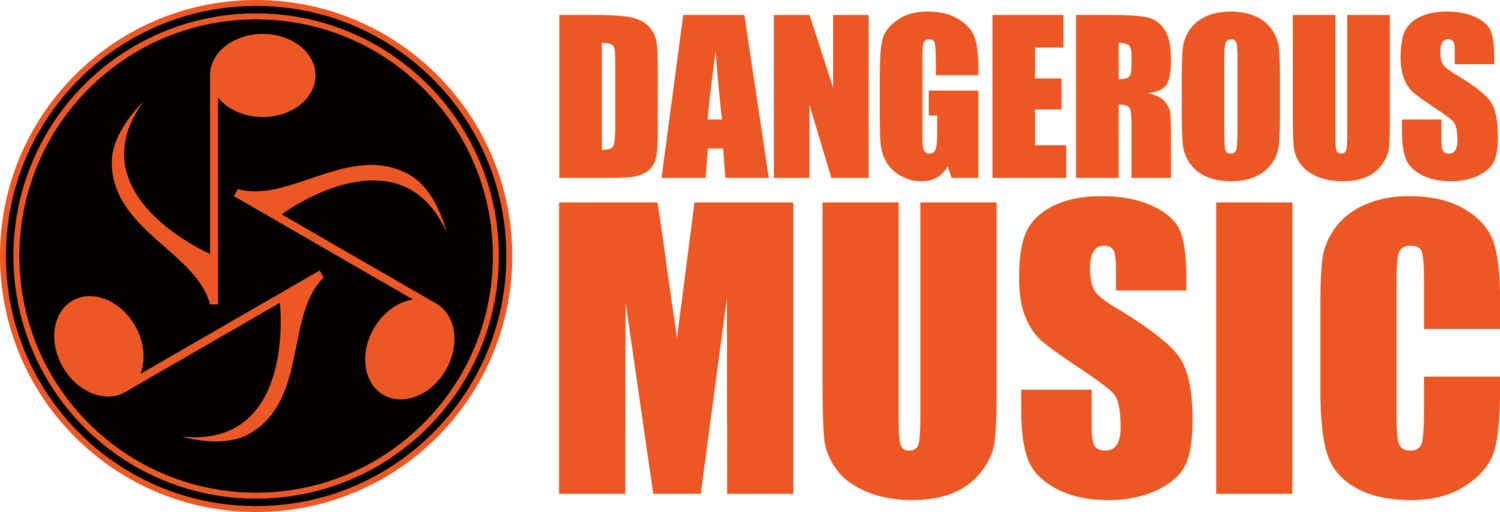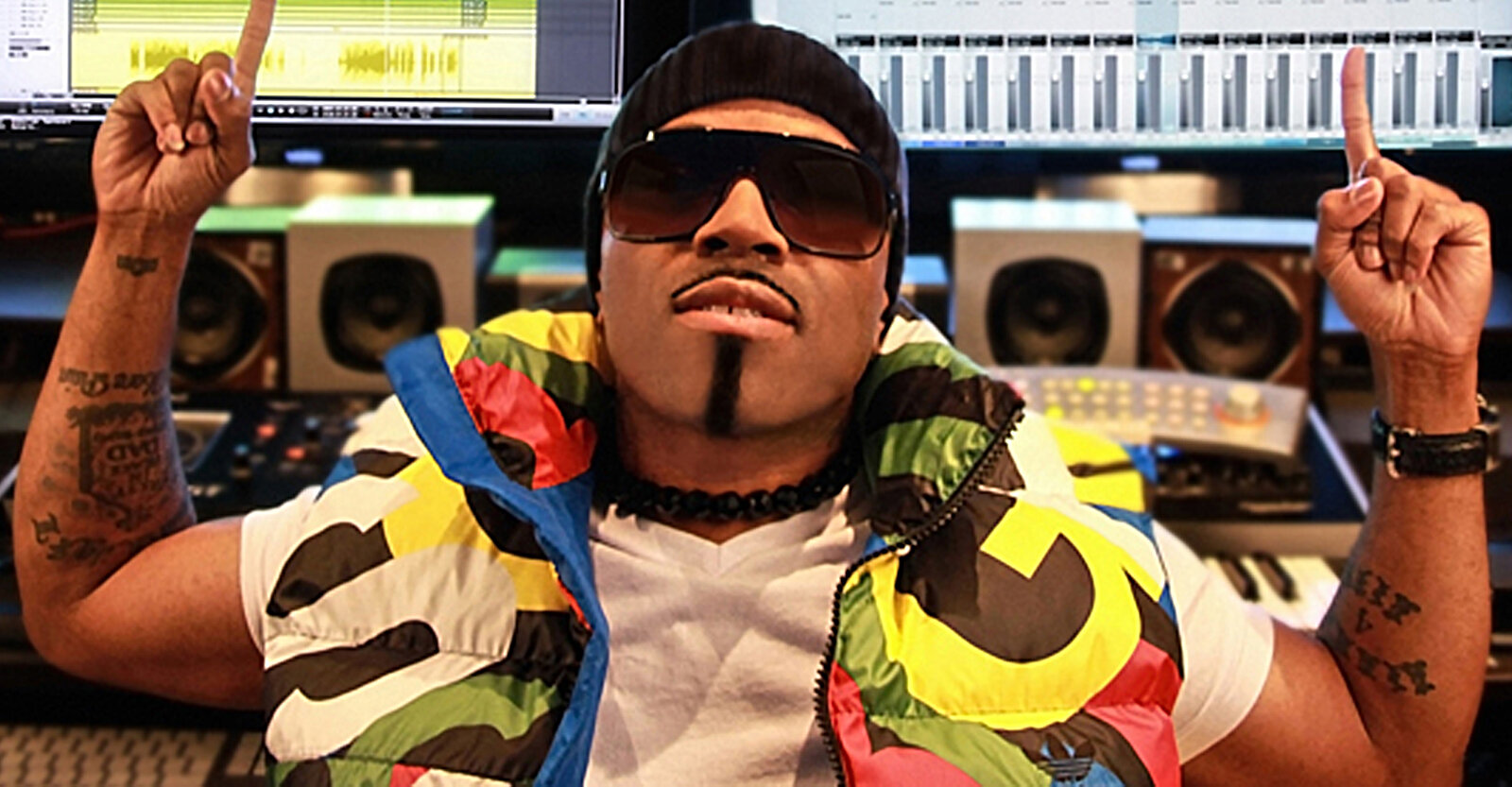MIX MAGAZINE: BAX EQ REVIEW
by Fab Dupont
The BAX EQ is Dangerous Music’s first foray into the world of actual audio “processing.” The brand is well known for pioneering the concept of analog summing with its Dangerous 2-Bus, as well as bringing high-end monitoring systems and mastering consoles to the independent studio market. For this first attempt at a processor, Dangerous Music chose to bring an old-school hi-fi concept to the professional world.
Do you remember your parents’ or grandparents’ (depending on how old you are) stereo hi-fi receiver? Think ’60s or ’70s. Remember those two knobs—bass and treble—that always seemed to make music sound better no matter how much you abused them? (We will not discuss the “loudness” button and the fact that you had it on no matter how loud music was playing. You know what I mean.) Those circuits were for the most part based on curves devised by a British gentleman named Peter Baxandall, who is definitely worth a few minutes of Googling. The particularity of this negative feedback design is that it has very low harmonic distortion and that, unlike traditional shelving curves that reach a plateau (hence the name “shelf”), the BAX curves continue to rise (or dip) above and beyond human hearing range. This all translates into a sound that is very pleasing to the ear, very gentle on program material and has been putting smiles on the faces of music enthusiasts for decades. What can it do for us pros?
THE BAX BOX
The Dangerous BAX EQ is a solidly built, 1U rackmount unit. It has a thicker and arguably sexier faceplate than previous Dangerous boxes, with a bevel and features the same slick knobs as the company’s high-end line of mastering-level products. The back is simplistic: two XLRs for the inputs, two XLRs for the outputs and a receptacle for an IEC cable as the power supply is built-in. On the front side, in order of appearance from left to right, you get the traditional Dangerous Music orange logo, a highpass filter frequency-selection switch (the BAX filters have one switch operating both channels), the low-end frequency-selection switch, separate left and right gain switches for the low end, separate left and right gain switches for the high end, the high-end frequency-selection switch, a lowpass filter frequency-selection switch, and an in/out backlit switch that is dimmed when bypassed and shines bright when engaged. That’s pretty much it. I love the fact that everything is switch-based because there are no mistakes to be made when writing settings down for recalls. Even the most brain-dead of interns is able to recall BAX settings without fail.
THE PRINCIPLE
The BAX EQ is designed as a “sweetening” EQ; it’s not going to let you carve out 5 dB at 150 Hz with a Q of 1.2 to get rid of that room resonance. Instead, it will let you coax more high end and low end out of your mix, just like those hi-fi controls did but with modern headroom and a professional approach. It is kind of a one-trick pony, but it’s a great trick and a pretty pony. Looking at the gain markings on the BAX the first time I used it, I told myself that the +/-5dB range might be limiting in some situations. In reality, +5 dB at 166 Hz on the BAX EQ, applied to a properly balanced mix, is an awful lot of energy to reconcile with. The Baxandall curves are so broad that they actually reach much higher in the spectrum than what the dial tells you, so your boost at 166 Hz can taper up to the low 300Hz range and higher. It takes a second to wrap your brain around it, but it’s a powerful way to truly shape the tone of the mix with a couple of moves and no discernible “knee” frequency. Think smooth.
The highpass and lowpass filters are a great addition in that respect. Because the curves are so broad and because they never stop rising, it can be easy to overwhelm whatever box you feed the BAX outputs to, especially on already hot mixes. The filters let you shape the top and bottom of your mix discretely, and allow reining in some of the extra oomph that the EQ can provide. For example, you can quickly add +3 dB at 230 Hz on a low-mid-light mix and prevent the very bottom from blowing up by raising the highpass filter to 36 or 43 Hz. That way, you get the fat but you don’t loose headroom to the very low end that you don’t necessarily need (and that the BAX would otherwise generate). It’s a neat system.
At first, I was quite puzzled to see that the lowest highpass setting is 12 Hz and that the highest lowpass setting is 70 kHz. (Yes, that’s 70,000 Hz.) A phone call to BAX designer Chris Muth enlightened me: The 12Hz thing is to protect yourself for DC offset and unneeded rumble that a digital recorder will faithfully capture. Fair enough. The 70k filter is designed to get rid of out-of-hearing-range quantization artifacts and to maximize headroom in the context of hitting you’re A/D converter hard. I can’t say that I hear a difference between the filter being off and the 70kHz position, but I like the principle and I did have an aha! moment switching between 18kHz and 28kHz filter positions on a bright mix the first time I really paid attention. (How often to do you find yourself minding your 24k range?) It made me really discover the power of having high-quality filters in the path across my full mix. I now have the BAX on there by default, filters engaged at 12 Hz and 70 Hz. I did notice in mastering situations that I can hit my converter a bit harder and get a little more oolala before resorting to limiting.
THE TONE
I got my first taste of the BAX tone while I was mixing Kirk Whalum’s Everything Is Everything CD last year. After a couple of songs, it became obvious that this EQ was a big part of the album’s sound. Two to 3 dB on the 74Hz band, combined with the filter usually parked at 30 Hz, really helped me bring the acoustic drum and electric bass to modern aesthetics without becoming muddy or betraying the neo-retro vibe that producer Matt Pierson and tracking engineer James Farber had infused the tracks with. I also used a gentle +1dB boost at 7.1k to make the top end smile a bit (filter at 28k most of the time). It made a big difference. Greg Calbi from Sterling Sound mastered the album and immediately commented on the record’s low end and overall tone, printing some of the mixes flat with just a bit of limiting. (Calbi has since bought a BAX and uses it in his mastering chain.) Everything Is Everything ultimately went on to be nominated for two Grammy Awards, all of which definitely made my day.
It’s hard to describe what the BAX sounds like without referring to those hi-fi tone controls. It’s nothing like anything else I have had in my racks or under my mouse before, but I have come to think of it as a gentle “mo-better” box that is thoroughly missed when I turn it off. It is on every piece of music I have made since I got it.
While I have mostly used the BAX in mixing and mastering situations, there are days when I come to work and there is a hole in my rack where it should be, as it has become a favorite for vocal tracking in the big room at FLUX Studios. The combination of the filters and the broad curves are a great clean alternative to patching a Pultec after the compressor on a vocal chain. You get the high and lows, the smooth sound, the clean bottom but a lot less saturation and grit, which works better for those crystal-clear, open-sounding records we like to make. My next purchase is definitely another BAX and/or a set of secured rack screws.
THE FINAL BAX CURVE
Every few years a piece of equipment comes along that lets you broaden your horizons and refine your sound. I remember the impact that the ELI Fatso or my old Neumann PEa had on me when I first discovered them. The Dangerous BAX EQ is definitely one of those boxes, because it is so different, so useful and because it makes my stuff sound better with no side effects.



